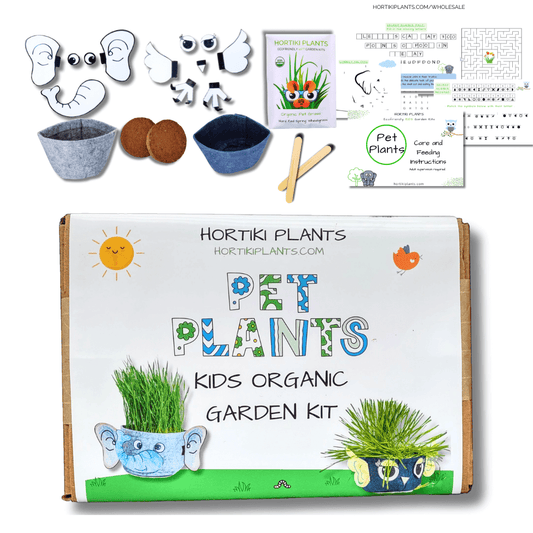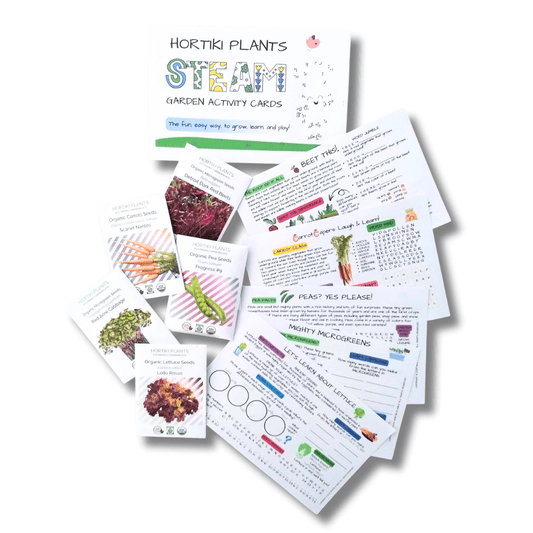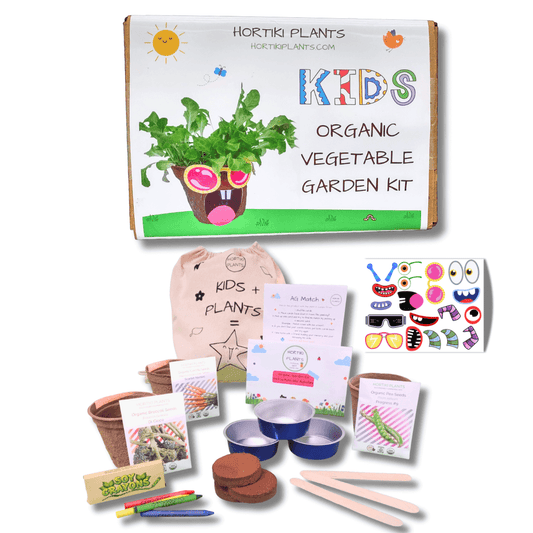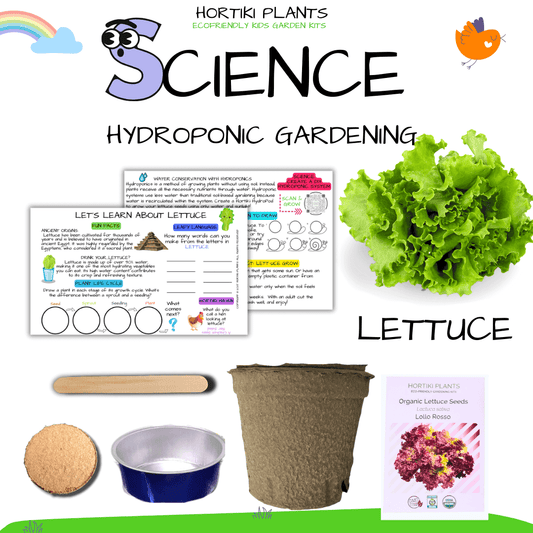Plant Detectives: Uncovering the Secrets of Plant Life Cycles
Hortiki PlantsWelcome to the exciting world of plant detectives! In this blog, we’ll uncover the secrets of plant life cycles through gardening. With hands-on activities and fun experiments, kids can learn about the fascinating processes that help plants grow, from tiny seeds to blooming flowers and bountiful harvests.

Introduction: The Educational Value of Gardening
As plant detectives, kids embark on an adventure to explore plant biology and life cycles. Gardening transforms learning into a hands-on experience, allowing children to observe and engage with nature. This approach enhances their understanding of science while fostering a sense of responsibility and appreciation for the environment.
Seed Germination
Our first detective mission is to understand seed germination. Here’s a simple experiment to get started:
- Materials Needed: Seeds (beans or sunflower seeds), paper towels, plastic bags, and water.
- Procedure:
- Dampen a paper towel and place a few seeds on it.
- Fold the paper towel to cover the seeds and place it inside the plastic bag.
- Seal the bag and place it in a warm, sunny spot.
- Check the seeds daily and add water if the paper towel dries out.
- Observation: Watch as the seeds sprout roots and shoots, revealing the magic of germination.
Growth Stages
Next, we’ll investigate the different growth stages of plants, from seedlings to maturity:
- Seedling: After germination, plants enter the seedling stage, with the first leaves emerging.
- Vegetative Stage: Plants focus on growing leaves, stems, and roots, needing plenty of sunlight, water, and nutrients.
- Flowering Stage: Plants produce flowers, crucial for reproduction.
- Fruiting Stage: Flowers turn into fruits containing seeds, completing the life cycle.
Pollination
Pollination is a key process in the plant life cycle. Let’s decode how it works:
- Pollinators: Insects like bees, butterflies, and birds are the main pollinators. They transfer pollen while feeding on nectar from flowers.
- How It Works: Pollen sticks to the pollinator’s body and is transferred to another flower, enabling fertilization and seed production.
Harvesting
The final stage of our detective work is harvesting. Here’s how to know when and how to harvest different plants:
- Vegetables: Most vegetables are ready to harvest when they reach their full size and color. For example, tomatoes should be fully red, and cucumbers should be firm and green.
- Fruits: Fruits are typically harvested when they are ripe and easy to detach from the plant. Apples and berries are good examples.
- Herbs: Harvest herbs by cutting the leaves or stems before the plant flowers for the best flavor.
Conclusion
Being a plant detective is an exciting and educational journey. By exploring seed germination, growth stages, pollination, and harvesting, kids gain valuable scientific knowledge and hands-on experience. This adventure reinforces the connection between gardening and science, fostering a lifelong appreciation for nature.



